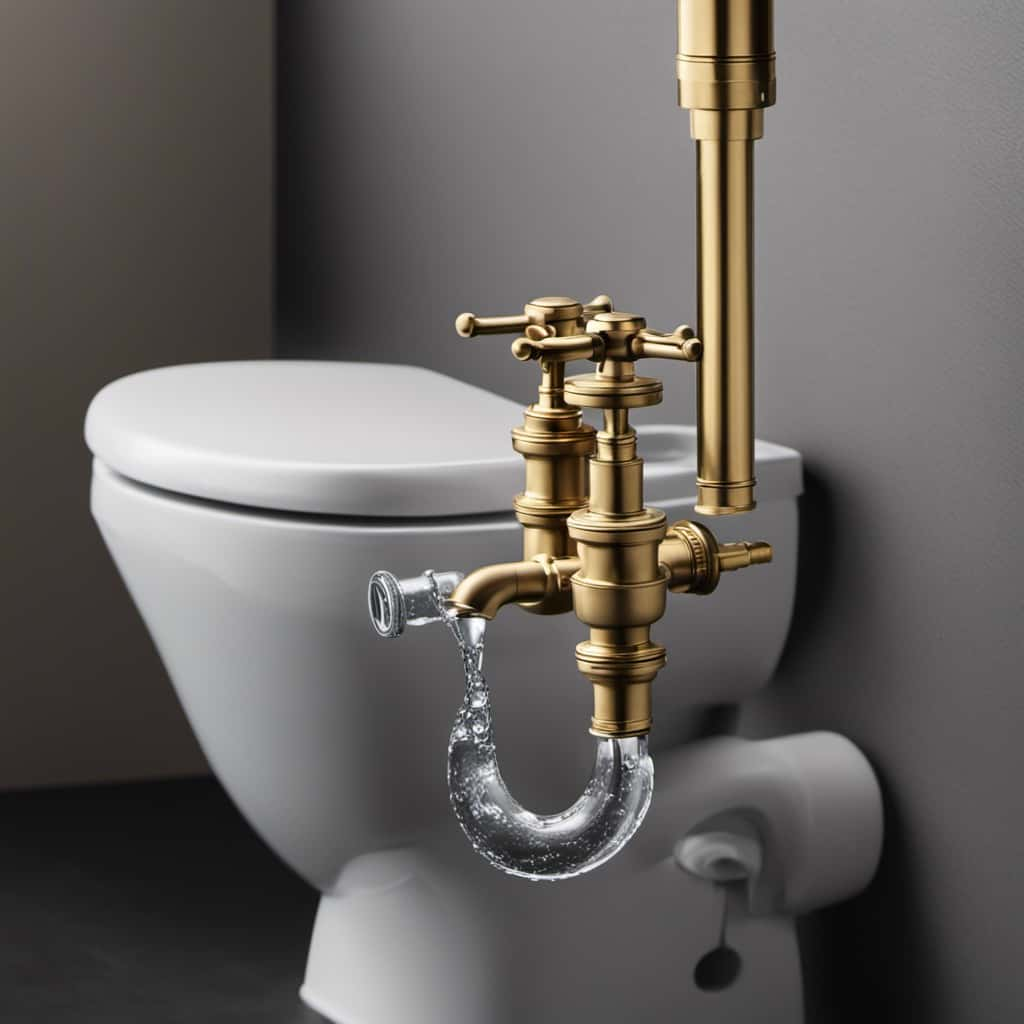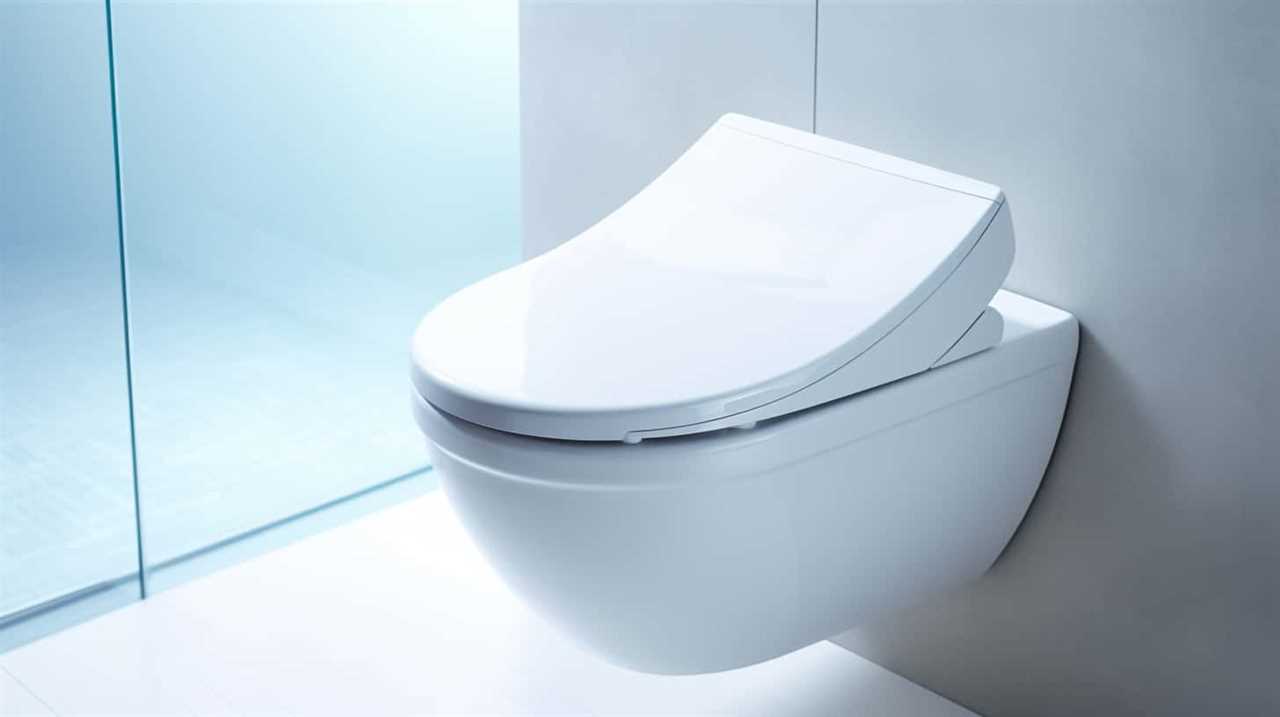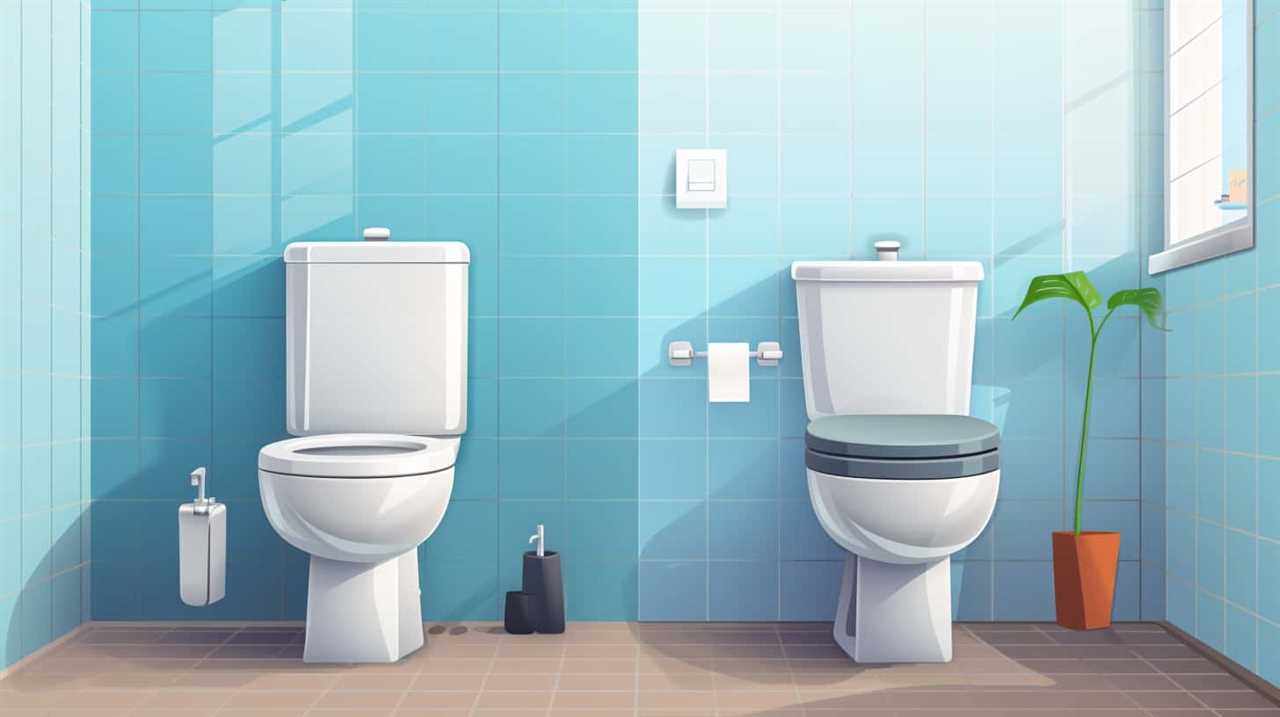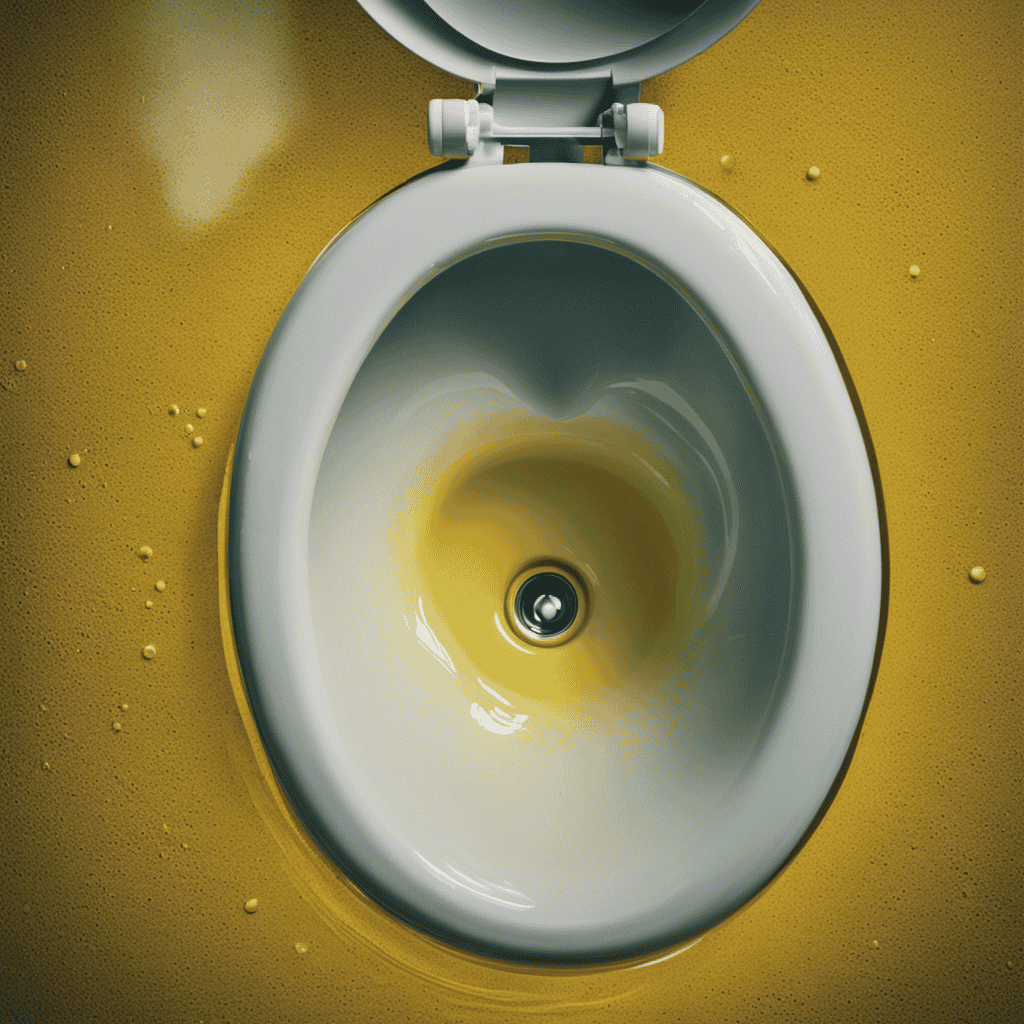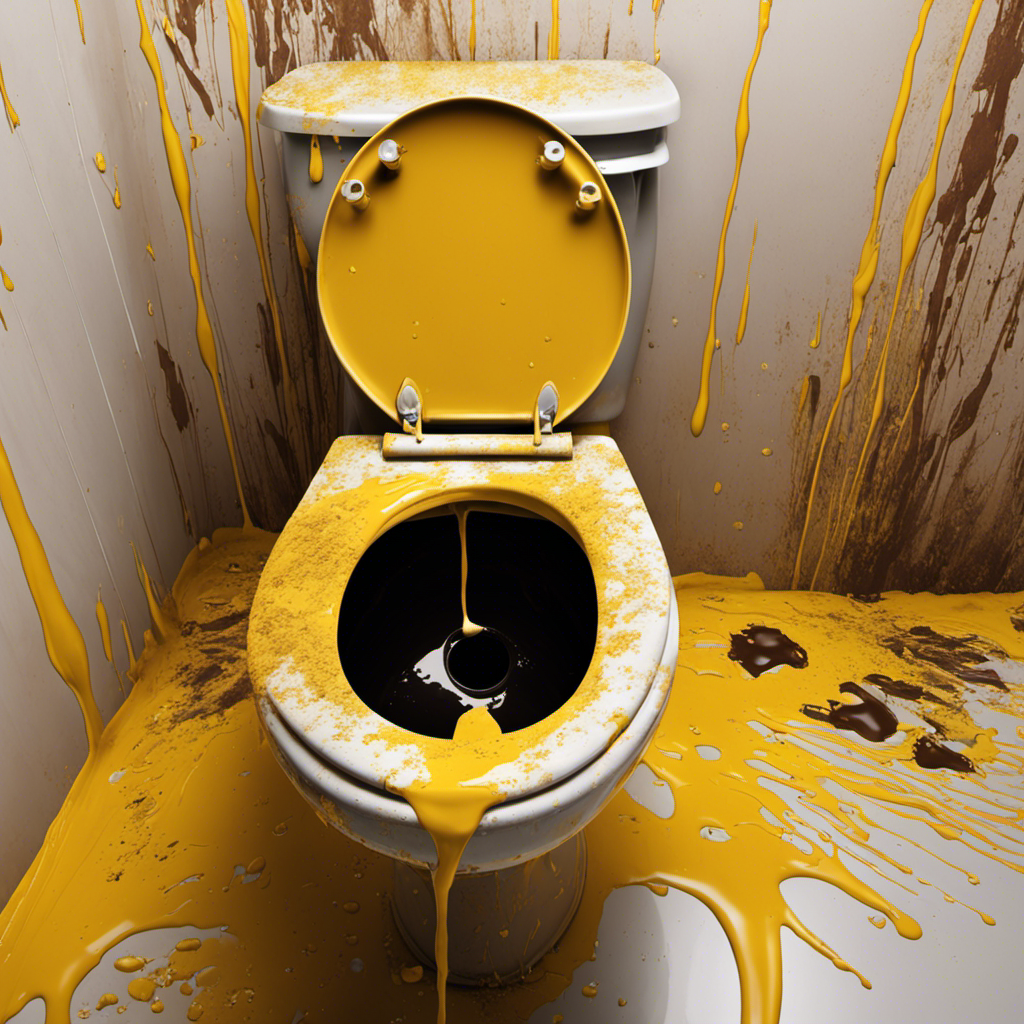Did you know that flushing medication down the toilet can have serious consequences?
In fact, it can lead to water contamination, harm aquatic life, and even contribute to the development of antibiotic-resistant bacteria.
Not only that, but it can also impact our drinking water, putting our health at risk.
To address this issue, it’s crucial to understand safe medication disposal methods.

In this article, we will explore the potential dangers and provide research-based insights for those seeking mastery in this subject.
Key Takeaways
- Flushing medication down the toilet can lead to water contamination and environmental pollution.
- Wastewater treatment plants are not effective in removing pharmaceutical compounds from the water.
- Medication flushed down the toilet can harm aquatic life and disrupt ecosystems.
- Improper medication disposal contributes to the development of antibiotic-resistant bacteria, posing a public health risk.
Water Contamination
How does flushing medication down the toilet contribute to water contamination?
When medication is flushed down the toilet, it enters the wastewater treatment system, which isn’t designed to effectively remove pharmaceutical compounds. As a result, these compounds can end up in our rivers, lakes, and oceans, contributing to environmental pollution.
Wastewater treatment plants use a combination of physical, chemical, and biological processes to remove contaminants from the water. However, many pharmaceuticals are resistant to these treatment methods and can pass through the system unchanged.
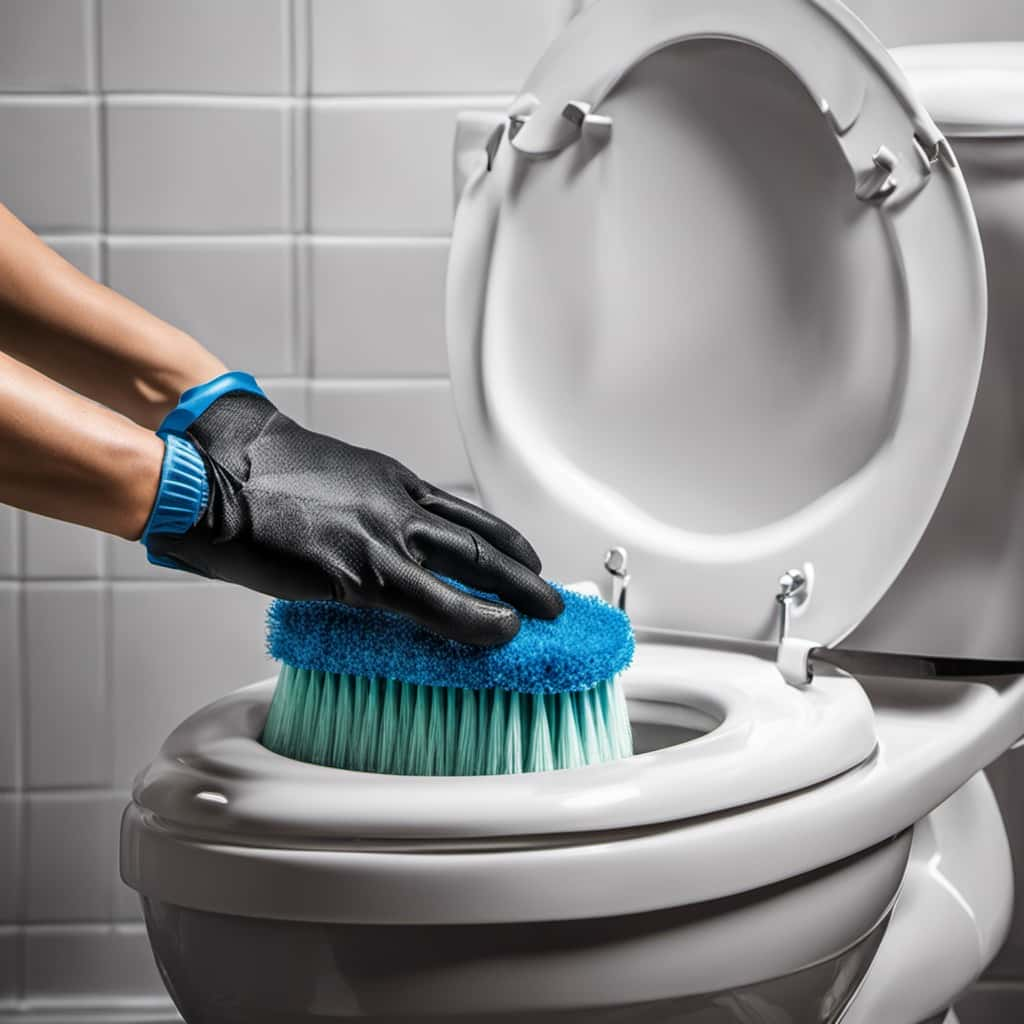
Even low concentrations of pharmaceuticals in water bodies can have negative effects on aquatic organisms and ecosystems. Therefore, it’s crucial to dispose of medication properly through take-back programs or by following specific guidelines to prevent water contamination and protect our environment.
Harm to Aquatic Life
As we continue our discussion on the consequences of flushing medication down the toilet, it’s important to address the harm it can cause to aquatic life. The ecological consequences of this action are significant and shouldn’t be overlooked.
When medication enters the wastewater system through flushing, it eventually makes its way to wastewater treatment plants. However, these treatment plants aren’t designed to remove pharmaceutical compounds effectively. As a result, these compounds can end up in rivers, lakes, and other water bodies, posing a threat to aquatic organisms.
Studies have shown that exposure to pharmaceuticals can have detrimental effects on aquatic life. These compounds can disrupt the growth, reproduction, and behavior of various species, leading to population declines and ecosystem imbalances. Additionally, the constant influx of pharmaceuticals into water bodies can contribute to the development of antibiotic-resistant bacteria, further impacting the delicate balance of aquatic ecosystems.
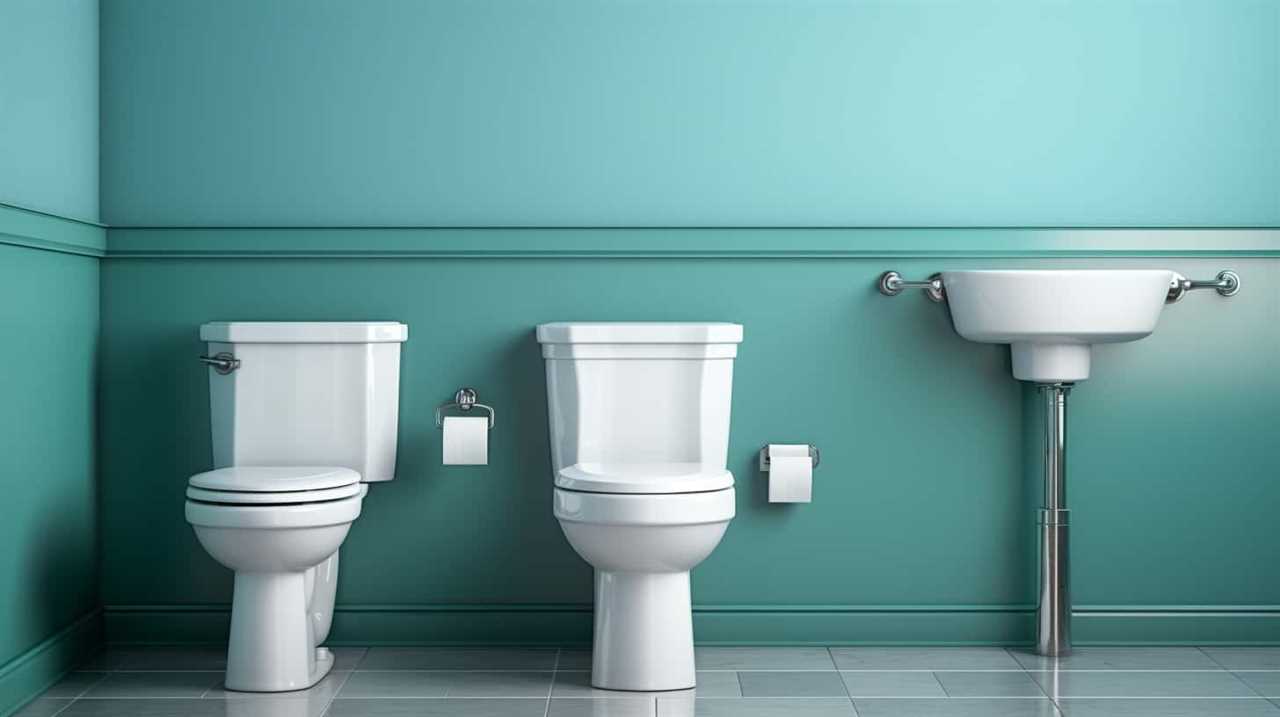
To mitigate the harm to aquatic life, it’s crucial to dispose of medications properly. This includes utilizing drug take-back programs or following specific disposal instructions provided by pharmacies or healthcare facilities. By doing so, we can help protect the health and well-being of our aquatic ecosystems.
Development of Antibiotic-Resistant Bacteria
To further exacerbate the ecological consequences of flushing medication down the toilet, the constant influx of pharmaceutical compounds into water bodies can contribute to the development of antibiotic-resistant bacteria. This poses a significant threat to both human and environmental health. Antibiotic-resistant bacteria, commonly known as superbugs, are microorganisms that have developed the ability to survive exposure to antibiotics. The development of superbugs is a result of the overuse and misuse of antibiotics, but the presence of pharmaceutical compounds in water bodies also plays a role. These compounds can act as selective pressure, promoting the growth and survival of bacteria that are resistant to antibiotics. This can have long-term environmental consequences, as antibiotic-resistant bacteria can spread to other organisms and ecosystems, making it difficult to treat infections and posing a serious public health risk.
| Antibiotic-Resistant Bacteria | Ecological Consequences |
|---|---|
| Development of superbugs | Long-term environmental consequences |
| Increased public health risk | Disruption of ecosystems |
| Difficulties in infection treatment | Spread to other organisms |
Impacts on Drinking Water
Continuing from the previous subtopic, we need to address the impact of flushing medication down the toilet on drinking water.
Flushing unused or expired medications down the toilet can have serious consequences on drinking water quality and the environment. When medications enter the wastewater system, they aren’t effectively removed during treatment processes. As a result, these pharmaceutical compounds can end up in our lakes, rivers, and groundwater, potentially contaminating our sources of drinking water.

This can pose significant risks to human health and the environment. Studies have shown that exposure to pharmaceuticals in drinking water can lead to adverse effects on aquatic organisms and may contribute to the development of antibiotic-resistant bacteria.
Therefore, it’s crucial to properly dispose of medications through designated collection programs to minimize the environmental consequences and maintain the integrity of our drinking water supply.
Safe Medication Disposal Methods
To ensure the proper disposal of medications and prevent harm to the environment and our drinking water, we can utilize safe medication disposal methods. Here are four recommended methods:
- Take-back programs: Many communities organize medication take-back events or have permanent collection sites where you can drop off unused or expired medications. This ensures proper disposal and prevents them from ending up in landfills or water systems.
- Pharmacy disposal: Some pharmacies have medication disposal programs where you can bring back unused medications for proper disposal. Check with your local pharmacy to see if they offer this service.
- Mail-back programs: Certain organizations provide mail-back envelopes for safe medication disposal. Simply put your unused medications in the envelope and mail it back to the designated facility for proper disposal.
- Household disposal: If there are no take-back programs or pharmacies nearby, follow medication disposal regulations by mixing the medication with inedible substances like used coffee grounds or cat litter, placing it in a sealed bag, and throwing it in the trash.
Community education plays a crucial role in promoting these safe medication disposal methods. By spreading awareness about the potential harm caused by improper disposal and the availability of safe disposal options, we can ensure that medications are disposed of properly, protecting both the environment and our drinking water.

Frequently Asked Questions
Are There Any Safe Alternatives to Flushing Medication Down the Toilet?
Safe disposal of medication is crucial to protecting the environment. We researched eco-friendly alternatives to flushing medication down the toilet. Proper disposal methods include using drug take-back programs, mixing medication with cat litter or coffee grounds, or using a medication disposal bag.
What Are the Potential Risks to Human Health From Consuming Water Contaminated With Medication?
The potential long term effects of consuming water contaminated with medication include adverse health effects. Environmental contamination from medication flushed down the toilet can lead to harmful consequences for both humans and ecosystems.
Can Flushing Medication Down the Toilet Lead to the Spread of Infectious Diseases?
Flushing medication down the toilet can contribute to the spread of drug resistant bacteria and have a detrimental environmental impact. It is crucial to dispose of medication properly to prevent these consequences.
Are There Any Specific Medications That Pose a Higher Risk to the Environment When Flushed?
Specific medications, when flushed down the toilet, can pose a higher environmental risk. It is important to understand which medications fall into this category and take appropriate measures to dispose of them safely.
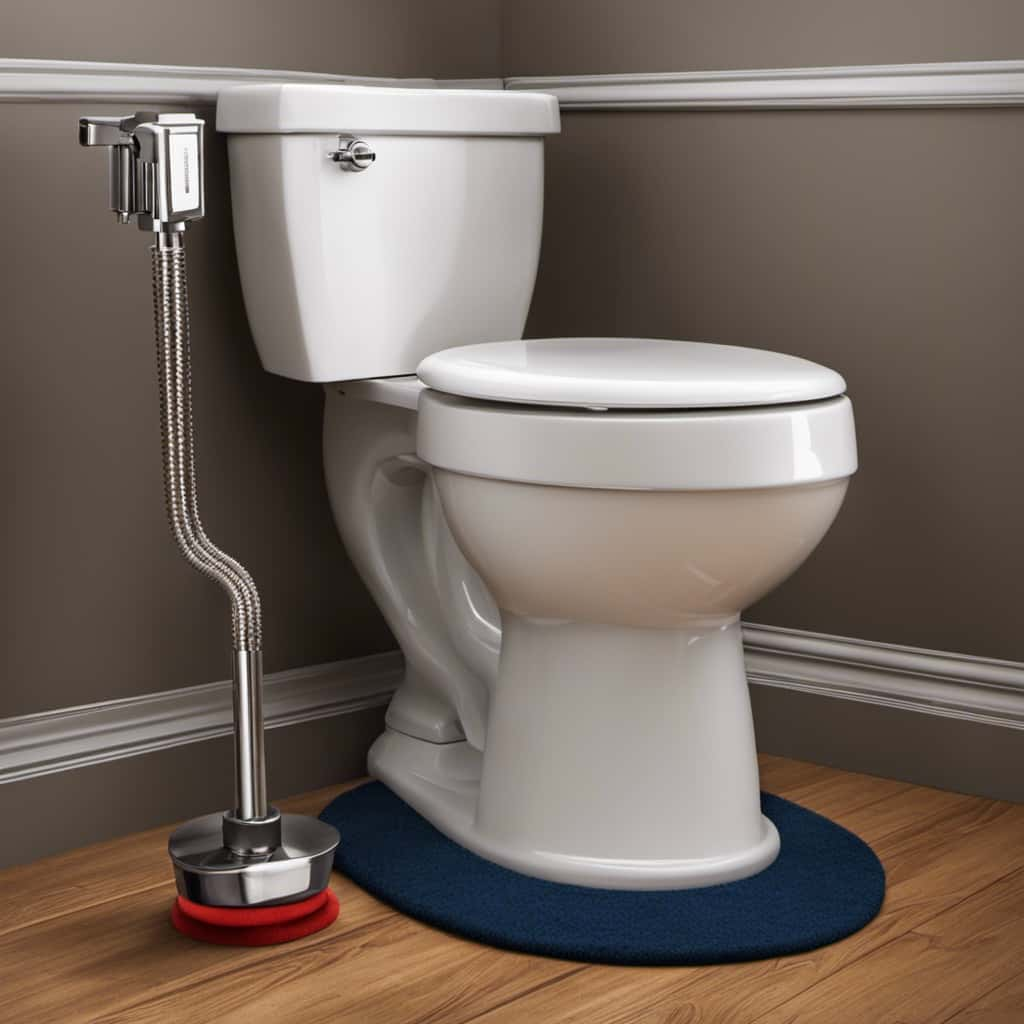
How Can Individuals Help Prevent the Improper Disposal of Medication and Reduce the Impacts on Water Sources?
To prevent improper disposal of medication and reduce environmental impact, individuals can use prevention methods like take-back programs or mix medications with undesirable substances. These actions help protect water sources from contamination.
Conclusion
Flushing medication down the toilet may seem convenient, but it poses serious threats to our environment and health.
The contaminated water can harm aquatic life, while the development of antibiotic-resistant bacteria could have grave consequences.
Moreover, our drinking water may be affected, leading to potential health risks for humans.

To avoid these issues, it’s crucial to dispose of medications properly through safe methods.
Let’s protect our waterways and ensure a healthier future for all.
